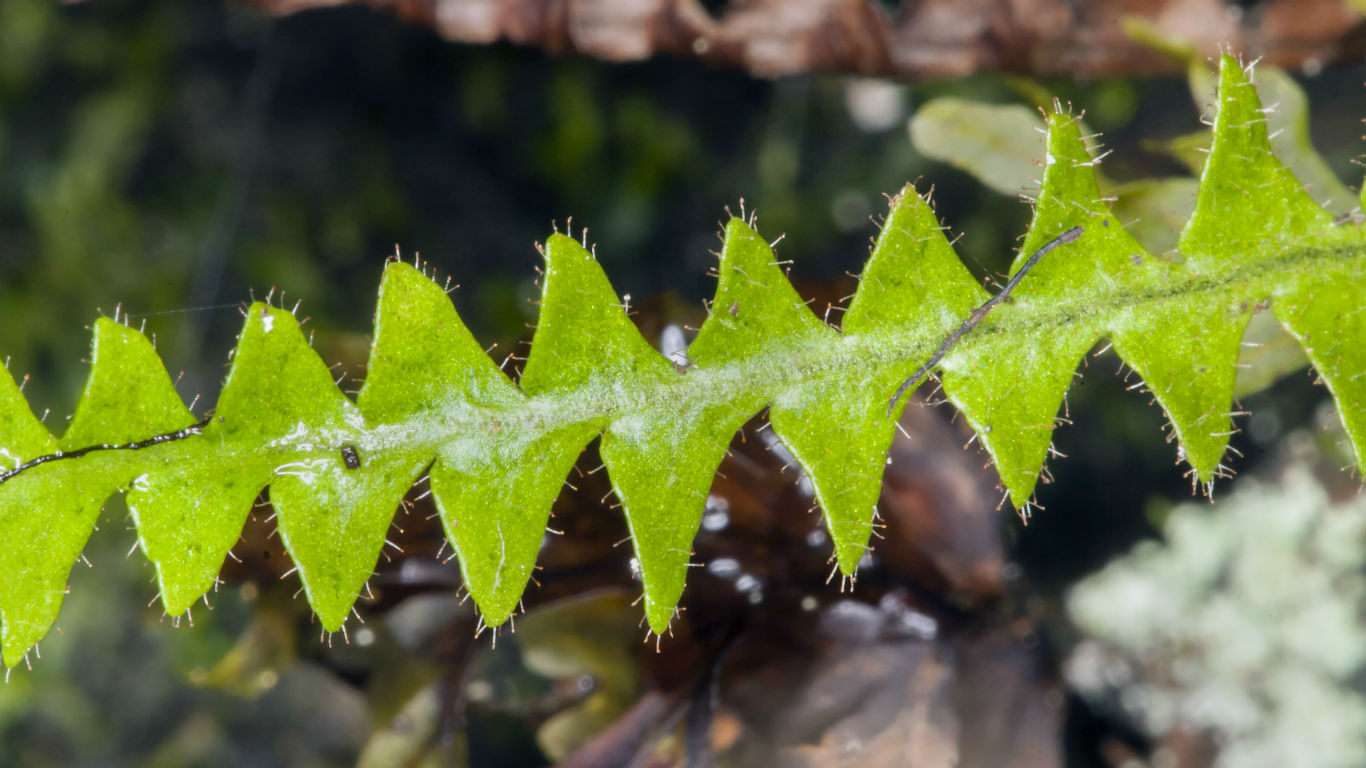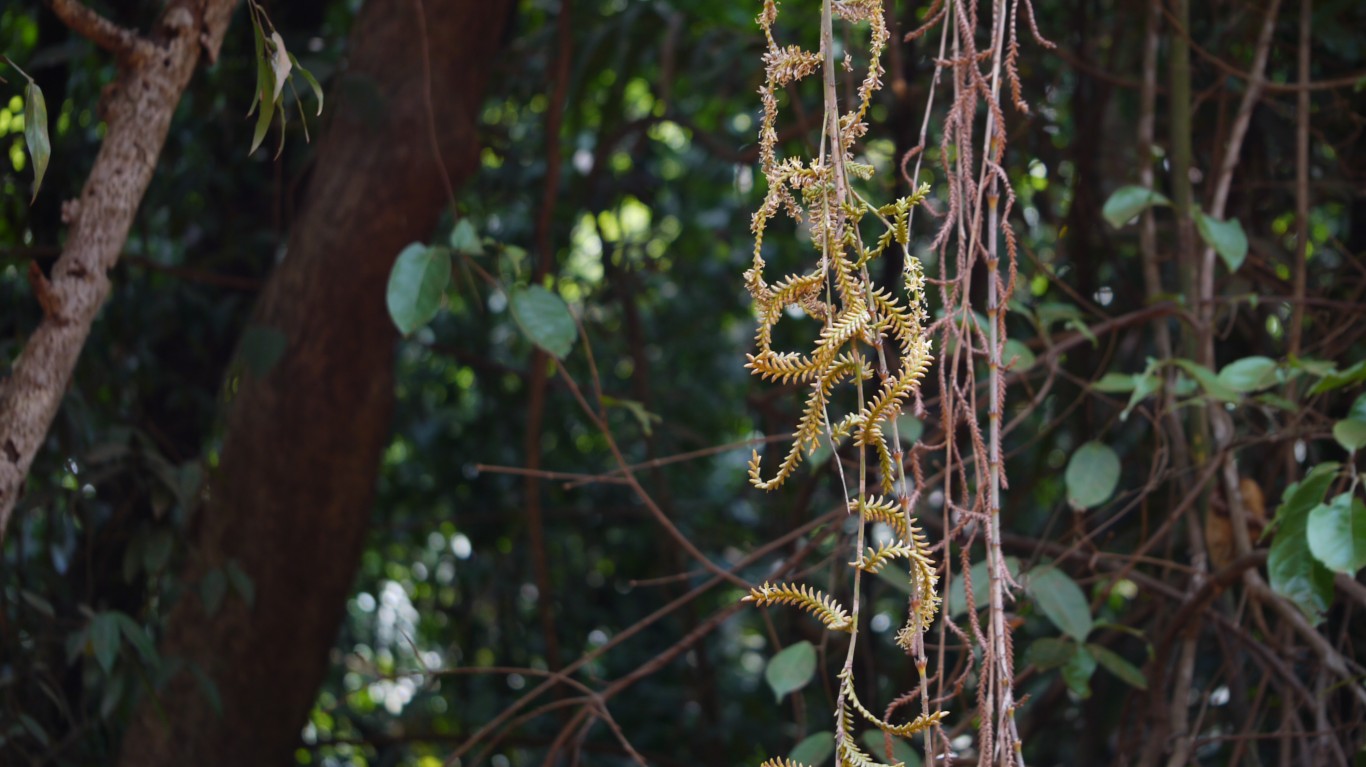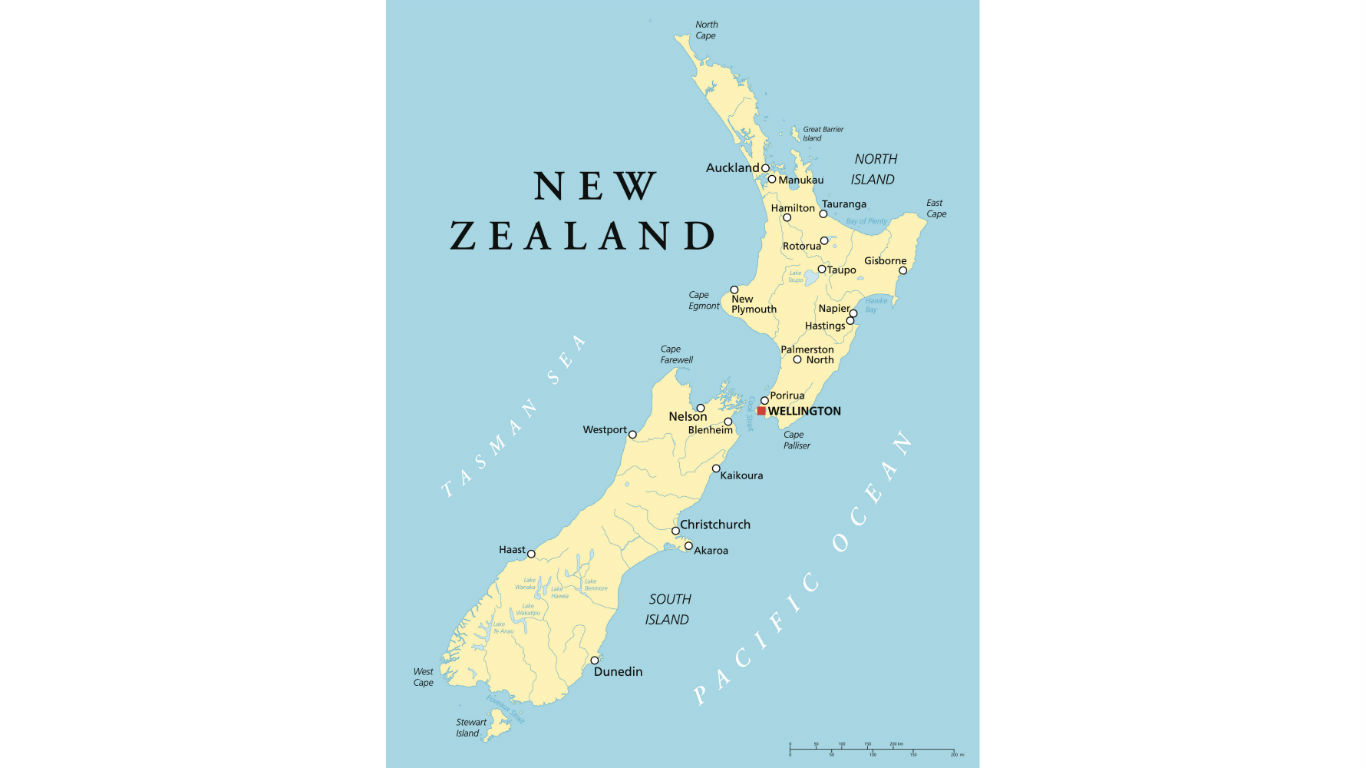
The current ongoing wave of animal and plant extinction, the worst since the dinosaur era, is referred to as the sixth extinction. While extinction occurs naturally at a rate of one to five species a year, many experts believe that rate may have increased by a as much as 10,000 times in recent years.
In the most comprehensive report of its kind, prepared by the Intergovernmental Science-Policy Platform on Biodiversity and Ecosystem Services (IPBES) and published this month, the United Nations warns that up to 1 million of the world’s 8 million species of plants and animals are headed for extinction, some within decades. Many of them are driven to extinction by humans.
The report lists five primary changes in nature driving this bleak outlook. The first is land and sea use: three-quarters of the land environment and two-thirds of the marine environment have been significantly altered by human activity such as food production, mining, housing, and other types of development. Second is humankind’s direct exploitation of plant and animal populations through hunting, fishing, and harvesting. The other three high-impact threats to biodiversity are, in order: climate change, pollution, and the increased occurrences of invasive species, which have risen by 70% since 1970.
The International Union for Conservation of Nature (IUCN) Red List of Threatened Species tracks the health of the world’s biodiversity. In its detailed descriptions of threatened plant and animal species, the particular threats they face, and their gradual disappearance, the Red List paints a detailed picture of what extinction looks like. Unique species — as varied as ferns in Hawaii, snails in Indonesia, earthworms in New Zealand, and monkeys in Africa — are disappearing as human activity intrudes, habitats shrink, and predators are introduced.
24/7 Tempo reviewed the IUCN Red List of Threatened Species. We listed the 10 plant and animal species that have been recorded in the wild as recently as 2008 but whose status was listed as “critically endangered (possibly extinct)” as of their most recent assessment.
Click Here to read about Species That May Have Recently Gone Extinct.

1. Pendant kihi fern
> Scientific name: Adenophorus periens
> Species type: Plants
> Native to: Hawaii
> Last seen in the wild: 2014
> Year of last assessment: 2015
Only found in the lowland wet forests of Hawaii, adenophorus periens is an epiphytic fern, an “air plant” that grows without soil, most often on trees. Native Hawaiian plants are generally very sensitive to changing environmental conditions. With the escalating intrusion of invasive species and human activity, Hawaii is experiencing species loss at an alarming rate and is often referred to “the endangered species capital of the world.” The particular threats to this fern are volcanic activity, competition from invasive species, and habitat degradation, mainly by pigs and cattle.
[in-text-ad]

2. Sulawesidrobia yunusi
> Scientific name: Sulawesidrobia yunusi
> Species type: Invertebrates
> Native to: Indonesia
> Last seen in the wild: 2013
> Year of last assessment: 2019
Sulawesidrobia yunusi is a freshwater, rock-dwelling snail known to have existed only in Lake Matano in Sulawesi, Indonesia. There are several known threats to the snail, including mining and other human activity, that have resulted in siltation, pollution, and other changes in the level and flow of water in the lake. The most likely immediate cause of the dramatic decline in the snail’s population before its recent disappearance was the introduction — either accidental or deliberate — of an invasive species of fish, the flowerhorn cichlid, that feeds on the snails.

3. Tylomelania zeamais
> Scientific name: Tylomelania zeamais
> Species type: Invertebrates
> Native to: Indonesia
> Last seen in the wild: 2013
> Year of last assessment: 2019
Tylomelania zeamais is another critically threatened snail from Lake Matano in Sulawesi, Indonesia. Considered “abundant” as recently as 2003, it now seems to have disappeared. Like its erstwhile neighbor and cousin, the Sulawesidrobia yunusi, this rabbit snail is on the brink of extinction because of threats posed by human activity and non-native species. It’s not as vulnerable to consumption by invasive fish because of its thicker shell, though juveniles might be eaten. Another possible cause for its loss is the recent rapid growth of algae on the lake, a result of eutrophication — excessive amounts of nutrients in the water, mainly from pollution.

4. Rattan
> Scientific name: Eremospatha barendii
> Species type: Plants
> Native to: Cameroon
> Last seen in the wild: 2012
> Year of last assessment: 2016
Several different climbing palms are referred to by the common name rattan. The Eremospatha barendii rattan is the only one classified as critically endangered. Eremospatha barendiiis is a climbing palm native to Cameroon known to have existed in only two very small forested areas — amounting to about seven square kilometers (1,730 acres) — near the village of Lolodorf. Considered a robust plant, it is threatened by habitat loss and degradation due to logging and land clearing for agriculture.
[in-text-ad-2]

5. Lake Oku puddle frog
> Scientific name: Phrynobatrachus njiomock
> Species type: Amphibians
> Native to: Cameroon
> Last seen in the wild: 2010
> Year of last assessment: 2019
This small, clawed frog lives on the shores of Lake Oku in Cameroon in a forested, mountain environment. At one time, it was the most populous frog on the Lake, but recently, its numbers have plummeted — 80% over the last 10 years, according to scientific estimates. While threatened by human activity and forest degradation, the Lake Oku puddle frog is considered a possible victim of chytridiomycosis, an aquatic fungal disease that has infected hundreds of amphibian species around the world, decimating or killing off at least 200 species.

6. Maoridrilus felix
> Scientific name: Maoridrilus felix
> Species type: Invertebrates
> Native to: New Zealand
> Last seen in the wild: 2010
> Year of last assessment: 2017
Maoridrilus felix is a species of segmented worm — an earthworm — known to have existed in scrubland in a coal mining region known as Happy Valley near the west coast of New Zealand’s South Island. If the worm still exists, it is threatened by ongoing mining activity, introduced predators, such as pigs and possums, and invertebrate competitors.
[in-text-ad]

7. Ua Pou monarch
> Scientific name: Pomarea mira
> Species type: Birds
> Native to: French Polynesia
> Last seen in the wild: 2010
> Year of last assessment: 2013
This striking tropical bird, native to the Marquesas Islands, was considered extinct in 2000, but, because of a credible sighting in 2011, the first since 1985, it has been reclassified as critically endangered and possibly extinct. It has only been known to exist in the tropical and subtropical forests of the island of Ua Pou in the Marquesas, forests that have been devastated in modern times by grazing and fire. Alien predators, such as rats and feral cats, may have also contributed to the bird’s likely demise.

8. Miss Waldron’s red colobus
> Scientific name: Piliocolobus waldroni
> Species type: Mammals
> Native to: Ghana and the Ivory Coast
> Last seen in the wild: 2008
> Year of last assessment: 2019
The last known specimen of this rainforest monkey was killed by a hunter in 2002, over 20 years after the last professionally acknowledged sighting. African primates, such as Miss Waldron’s red colobus, are threatened by habitat loss and the bushmeat trade. The hunting of wild animals for consumption — bushmeat — is viewed by some experts as the most immediate threat to the future of wildlife, not just on the African continent, but around the world.

9. Rabb’s fringe-limbed treefrog
> Scientific name: Ecnomiohyla rabborum
> Species type: Amphibians
> Native to: Panama
> Last seen in the wild: 2008
> Year of last assessment: 2019
Known for its ability to glide through the air using its large webbed toes, Rabb’s fringe-limbed treefrog has lost much of its tropical forest habitat in central Panama through urban development and forest degradation, but its final death blow may have been dealt by the fungal disease chytridiomycosis, the suspected killer of the Lake Oku puddle frog and scores of other amphibian species.
[in-text-ad-2]

10. Barada Spring minnow
> Scientific name: Pseudophoxinus syriacus
> Species type: Fishes
> Native to: Syria
> Last seen in the wild: 2008
> Year of last assessment: 2013
A native of a single spring in Syria, this small fish will likely join six other fish species that have been declared extinct in the Eastern Mediterranean, where water extraction, compounded by pollution, continues to threaten aquatic animals. In fact, this little minnow is one of 11 other fishes in the region classified as threatened and possibly extinct. Demand for water for irrigation and power production has increasingly reduced fresh water availability, drying up wetlands and flowing water. When the already greatly diminished spring goes dry, as it likely will, the Barada Spring minnow will vanish from the earth.
Sponsored: Attention Savvy Investors: Speak to 3 Financial Experts – FREE
Ever wanted an extra set of eyes on an investment you’re considering? Now you can speak with up to 3 financial experts in your area for FREE. By simply clicking here you can begin to match with financial professionals who can help guide you through the financial decisions you’re making. And the best part? The first conversation with them is free.Click here to match with up to 3 financial pros who would be excited to help you make financial decisions.
Thank you for reading! Have some feedback for us?
Contact the 24/7 Wall St. editorial team.
 24/7 Wall St.
24/7 Wall St.

